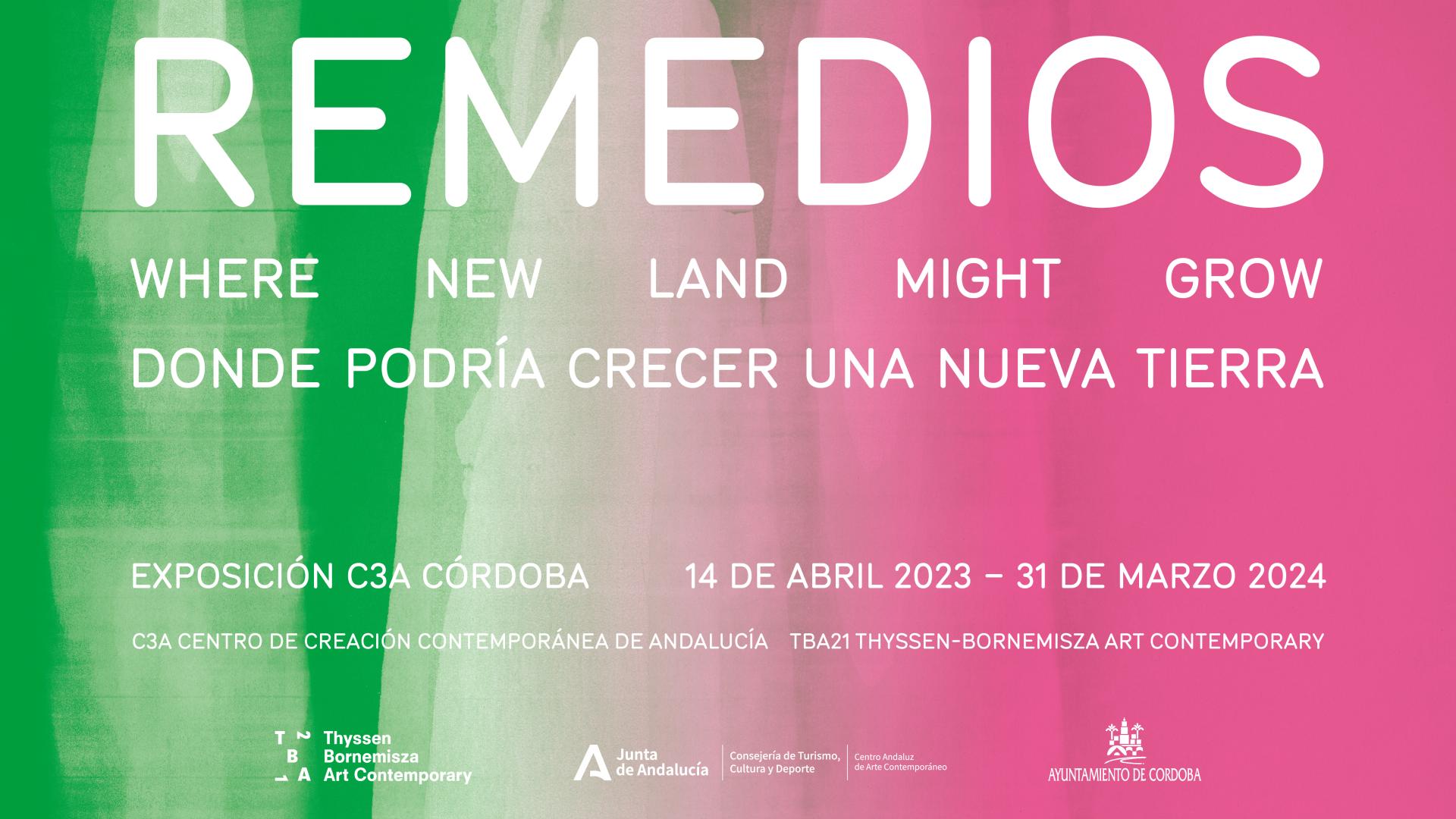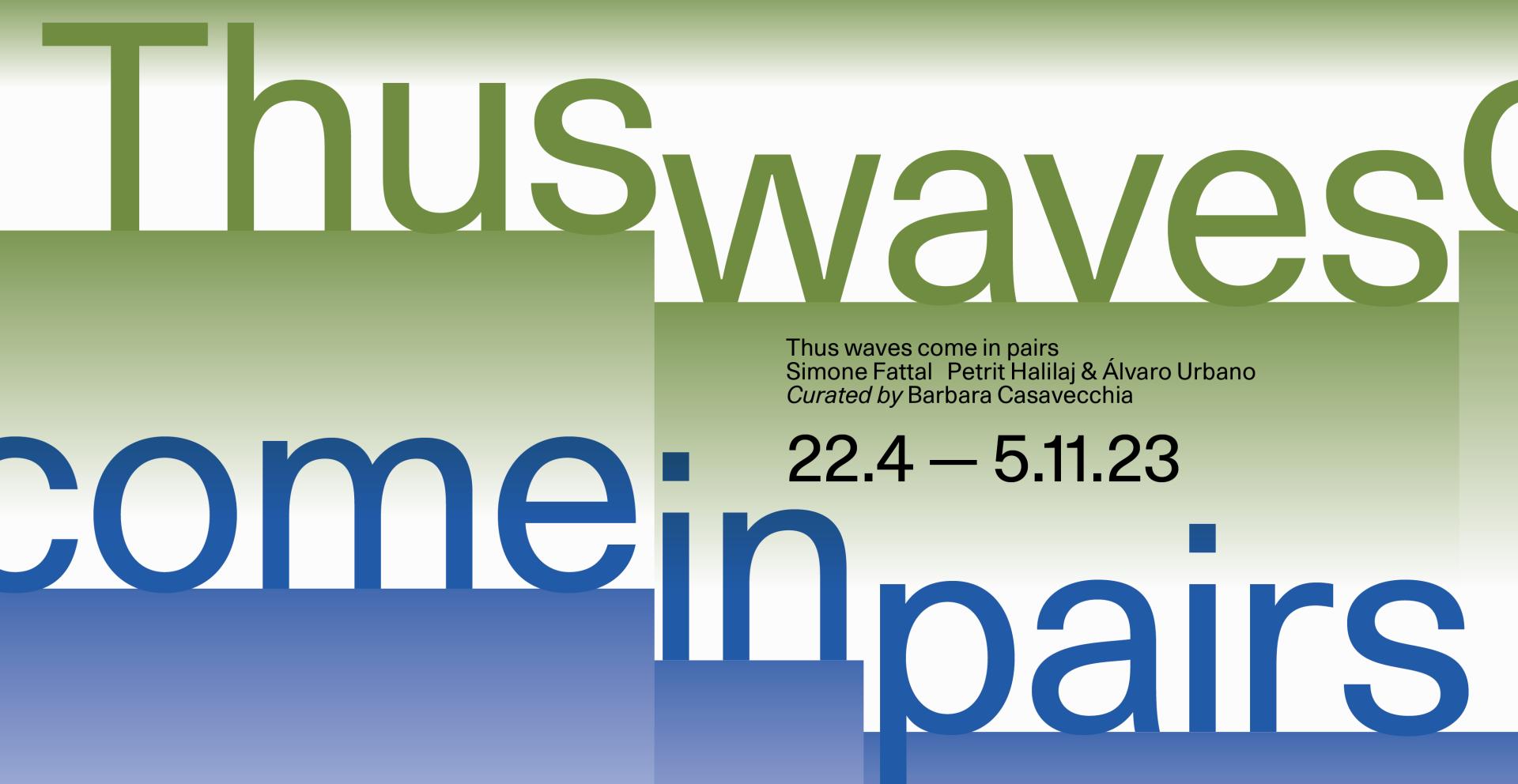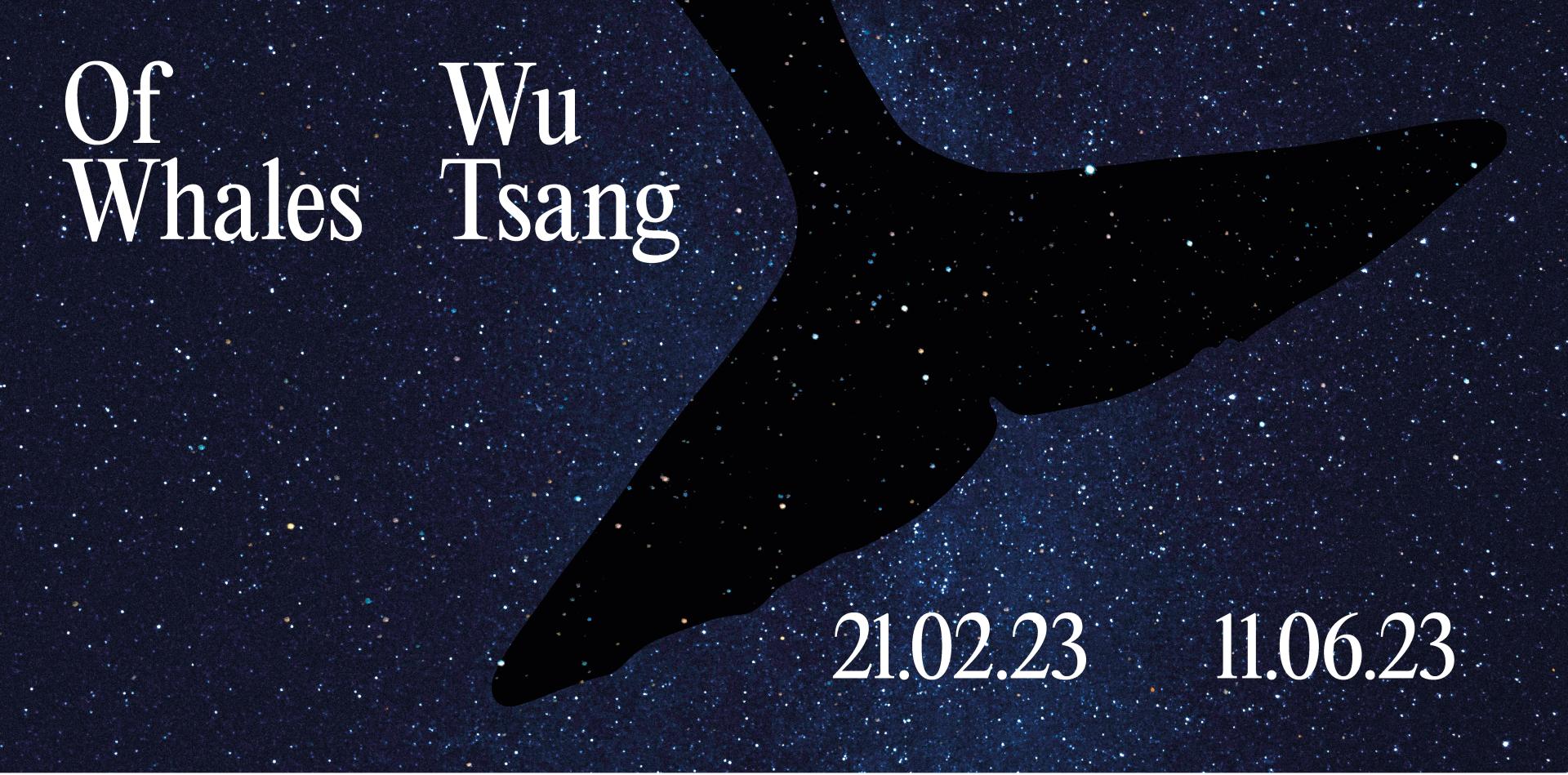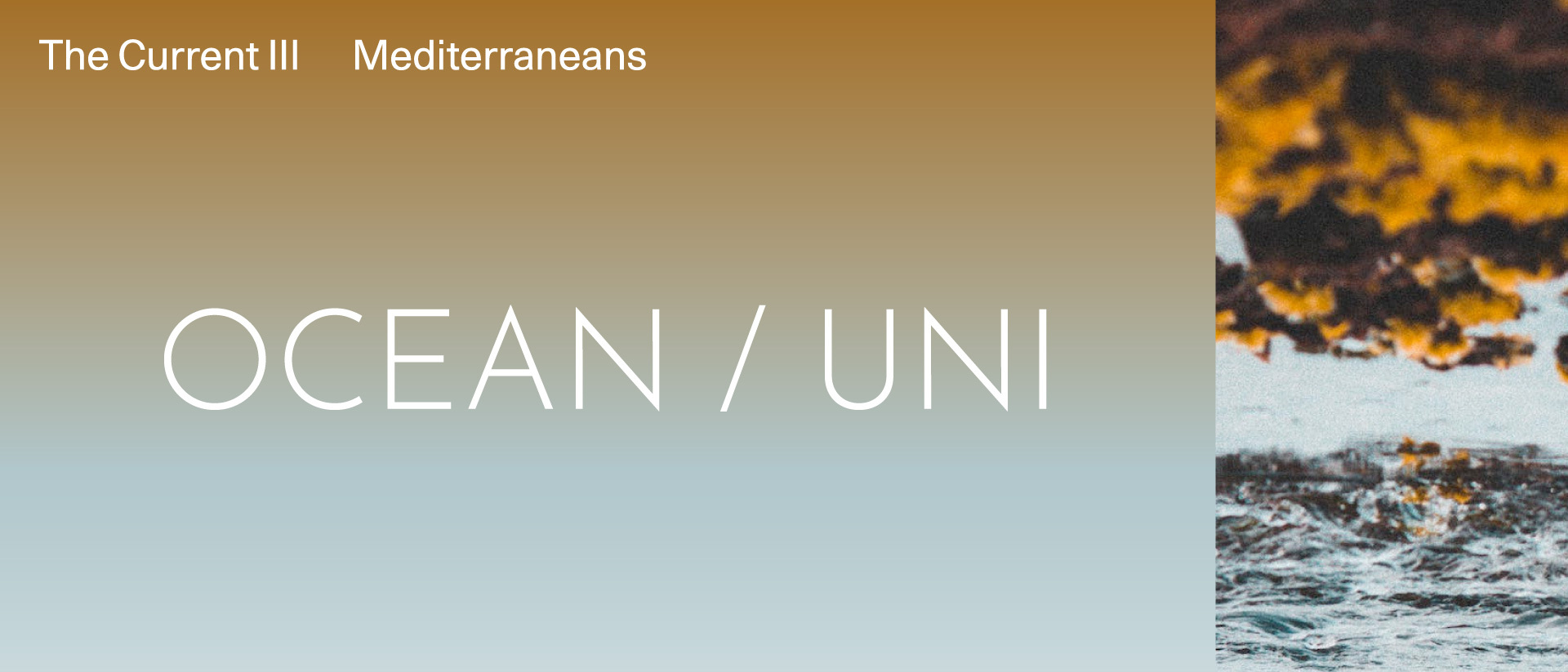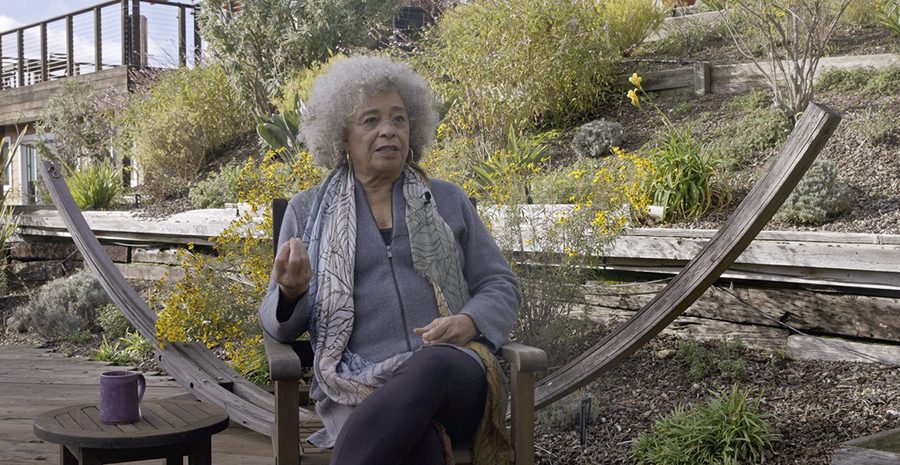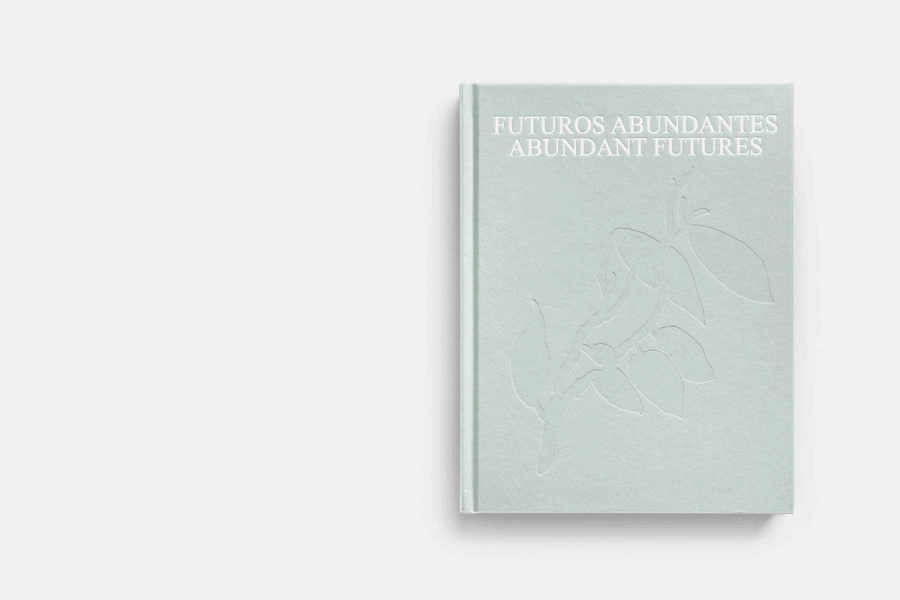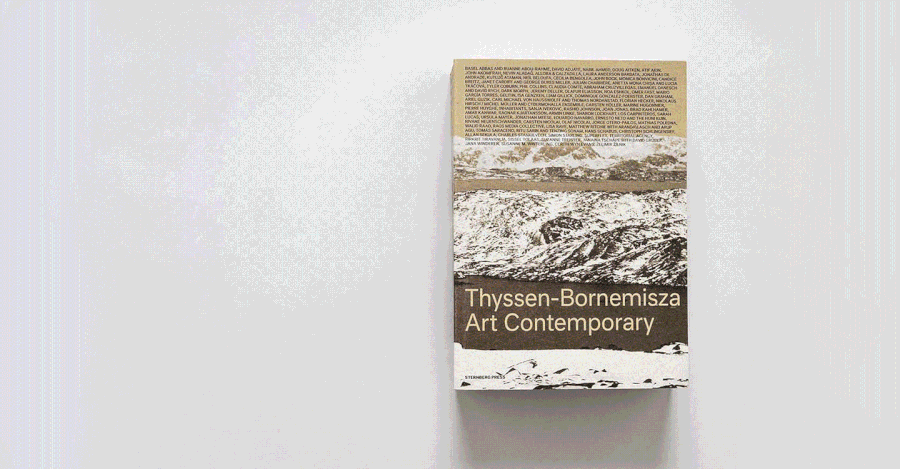How to entangle the universe in a spider web? (Gravitational semi-social semi-social solitary Choreography ζ Cet built by: an ensemble of Cyrtophora citricola - four weeks, a duet of Cyrtophora citricola juvenile - one week and a solo Nephila edulis - one
Tomás Saraceno

Photo: Courtesy the artist | Tanya Bonakdar Gallery, New York / Los Angeles
Loans
Collection
Spidersilk, carbon fiber, laser
90 x 90 x 90 cm (spider web, suspended)
Overall dimensions variable
Bruno Latour views Saraceno’s work as “a model for social theory.” He writes of the artist’s practice that it “gives a sense of order, legibility, precision and elegant engineering, and yet has no hierarchical structure. It is as if there were a vague possibility of retaining modernism’s feeling of clarity and order, but freed from its ancient connection with hierarchy and verticality.”[1] The privileging in Saraceno’s practice of natural forms, including the spider webs which are the subject of this work, certainly determines a preference for forms of interconnectivity, reciprocity, galactic relations, and social bonds which resist the terms of hierarchy referred to negatively by Latour. For Saraceno, spiders’ webs in particular provide a wealth of data around forms of sociality, construction, and communication that could prove essential for imagining new ways for humans to inhabit the world. He has worked with researchers at MIT to develop a scanning technology which uses tomographic methods to create detailed, three-dimensional scans of the webs produced by spiders at his studio. The scans enable new analyses to be undertaken which reveal how various strands of spider silk physically interact and attach themselves to one another.[2] How to entangle the universe in a spider web depicts elements of this scanning technology through the operative work of a red laser which unveils the intricacies of the web completed by the spiders of varying species and social natures referred to in the title. Saraceno is interested in this technology for all that it suggests about the hidden layers of connectivity which might exist undiscovered in the universe for as long as they exist in darkness. The artist’s question with this series of work therefore becomes: “how many webs, cosmic, ecological, social, are we still not capable of seeing?”[3] — Elsa Gray
[1] https://www.e-flux.com/journal/23/67790/some-experiments-in-art-and-politics/
[2] https://arts.mit.edu/spider-update/
[3] http://www.tanyabonakdargallery.com/exhibitions/tomas-saraceno_6
CURRENT LOANS
Group exhibition: Brain(s)
Venue: Traveling exhibition
Second venue: Espacio Fundación Telefónica
December 21, 2022 - July 2, 2023
Curators: Ricard Solé and Emily Sargent
PAST LOANS
Group exhibition: Brain(s)
Venue: Traveling exhibition
First venue CCCB Barcelona
July 26, 2022 - December 11, 2022
Curators: Ricard Solé and Emily Sargent
90 x 90 x 90 cm (spider web, suspended)
Overall dimensions variable
Bruno Latour views Saraceno’s work as “a model for social theory.” He writes of the artist’s practice that it “gives a sense of order, legibility, precision and elegant engineering, and yet has no hierarchical structure. It is as if there were a vague possibility of retaining modernism’s feeling of clarity and order, but freed from its ancient connection with hierarchy and verticality.”[1] The privileging in Saraceno’s practice of natural forms, including the spider webs which are the subject of this work, certainly determines a preference for forms of interconnectivity, reciprocity, galactic relations, and social bonds which resist the terms of hierarchy referred to negatively by Latour. For Saraceno, spiders’ webs in particular provide a wealth of data around forms of sociality, construction, and communication that could prove essential for imagining new ways for humans to inhabit the world. He has worked with researchers at MIT to develop a scanning technology which uses tomographic methods to create detailed, three-dimensional scans of the webs produced by spiders at his studio. The scans enable new analyses to be undertaken which reveal how various strands of spider silk physically interact and attach themselves to one another.[2] How to entangle the universe in a spider web depicts elements of this scanning technology through the operative work of a red laser which unveils the intricacies of the web completed by the spiders of varying species and social natures referred to in the title. Saraceno is interested in this technology for all that it suggests about the hidden layers of connectivity which might exist undiscovered in the universe for as long as they exist in darkness. The artist’s question with this series of work therefore becomes: “how many webs, cosmic, ecological, social, are we still not capable of seeing?”[3] — Elsa Gray
[1] https://www.e-flux.com/journal/23/67790/some-experiments-in-art-and-politics/
[2] https://arts.mit.edu/spider-update/
[3] http://www.tanyabonakdargallery.com/exhibitions/tomas-saraceno_6
CURRENT LOANS
Group exhibition: Brain(s)
Venue: Traveling exhibition
Second venue: Espacio Fundación Telefónica
December 21, 2022 - July 2, 2023
Curators: Ricard Solé and Emily Sargent
PAST LOANS
Group exhibition: Brain(s)
Venue: Traveling exhibition
First venue CCCB Barcelona
July 26, 2022 - December 11, 2022
Curators: Ricard Solé and Emily Sargent
Tomás Saraceno (San Miguel de Tucumán, 1973) is an Argentinian contemporary artist. He is best known for his large-scale, interactive installations and floating sculptures, and for his interdisciplinary approach to art. His work explores new, sustainable ways of sensing and inhabiting the environment, the result of research into the origins of the observable universe, arachnology and the potential future for airborne dwelling.
Saraceno launched the Aerocene in 2015; an open-source, community project for artistic and scientific exploration of environmental issues. Saraceno is the first person to have scanned, reconstructed and re-imagined spiders' woven spatial habitats, and possesses the only three-dimensional spider web collection in existence.
This biography is from Wikipedia under an Attribution-ShareAlike Creative Commons License.
Saraceno launched the Aerocene in 2015; an open-source, community project for artistic and scientific exploration of environmental issues. Saraceno is the first person to have scanned, reconstructed and re-imagined spiders' woven spatial habitats, and possesses the only three-dimensional spider web collection in existence.
This biography is from Wikipedia under an Attribution-ShareAlike Creative Commons License.



